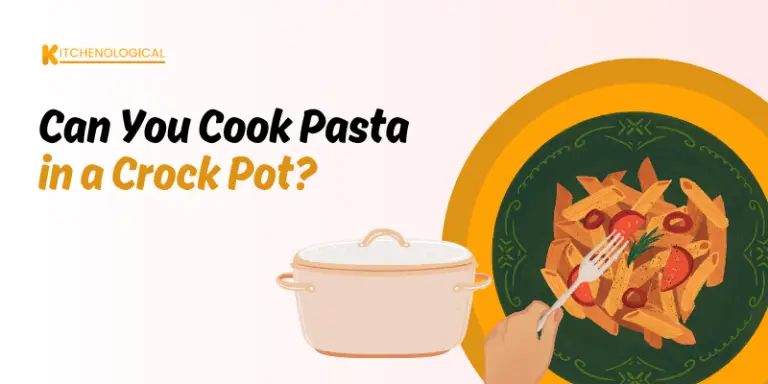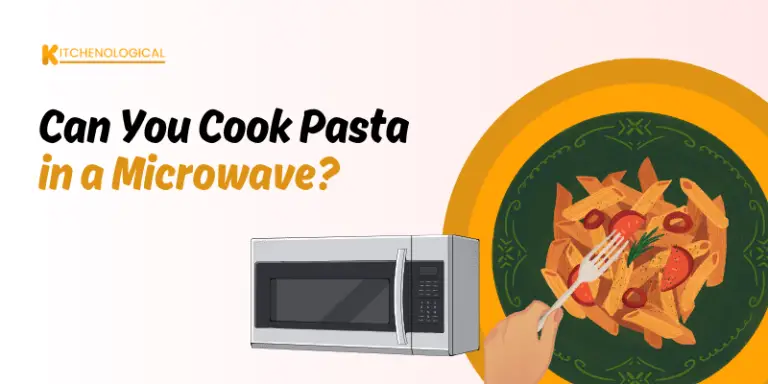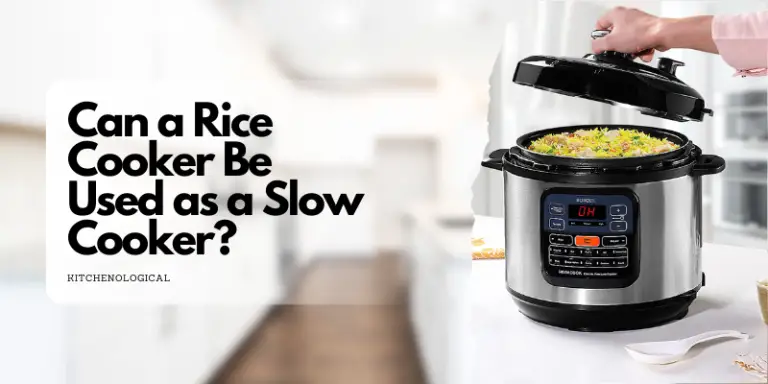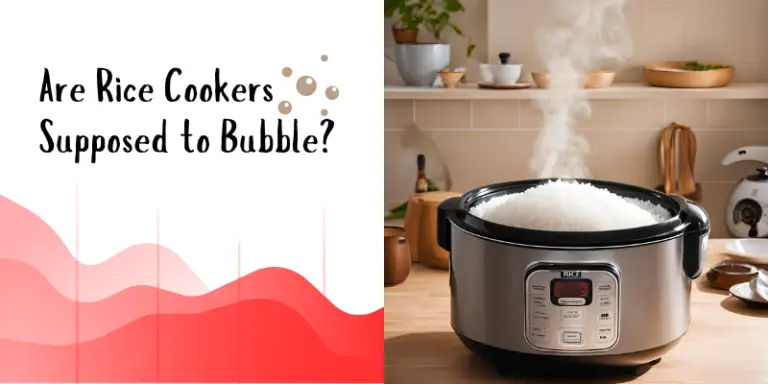We review and select products independently. Purchases through our links may earn us a small commission. Learn more.

If you want to kick start your day with a glass full of fresh juice on your breakfast table or blend healthy nutrients with your daily diet, then a juicer is all you need in your kitchen! As it must be tiring to squeeze the juice from those nutrition full veggies and fruits every day, not to mention a juicer will not only ease your task it will also save you a lot of time.
But, if you want to buy a juicer, with so many options available, it can be tough to choose one. So, how can you find out which is the best buy for you?
In this article, we will be talking about what a masticating juicer, centrifugal juicer, and the triturating juicer are and how does it work alongside its pros and cons, and the factors to keep in mind while buying a juicer. So keep reading to figure out which juicer is the best fit for you or which is not.
Three Types of Juicers
To start with, even in the category of juicers, there are yet various types of juicers. Although individual juicer may come with its own unique feature or special attribute; however, their basis functions can be categories into one of these three: centrifugal, masticating, or triturating. These are the three main types of juicers, that varies in how they extract juice, how quickly they work, how high the quality of juice is, and even how loud they are.
Centrifugal Juicers

These juicers usually come with a spinning blades and a mesh filter. The blades spin against the filter and separate the juice from its body. Even though these types of juicers are very quick at juicing ingredients; however, they are quite noisy. Centrifugal juicers work best with hard fruits or veggies like carrots or apples. If we had to compare centrifugal juicers vs masticating juicers then I would say if you don’t like noise, go for a masticating or single auger juicer. But if you buy some of the best centrifugal juicers from amazon then you won’t face any problems.
Masticating Juicers (Cold Pressed Juicer)
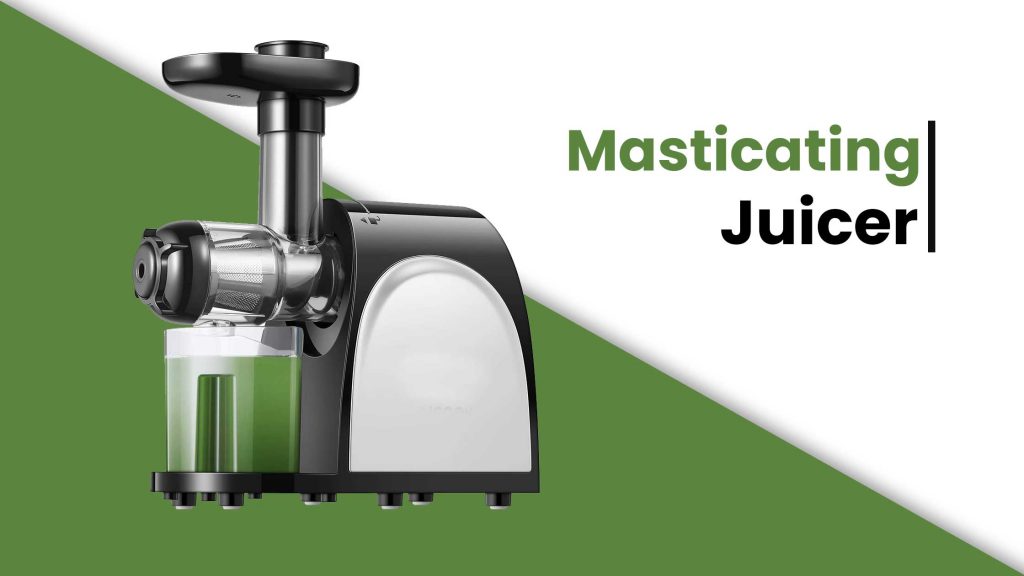
A masticating juicer or cold press juicer mimic the process of chewing to juice the ingredients. They work by crushing and pressing the juice out of the ingredients with the help of a slow rotating auger (screw). These juicers are slow at juicing; as a result, produces less noise. Regardless of its slow speed, it functions well with both hard and soft ingredients.
What is a masticating juicer?
Masticating juicer are commonly referred as cold-press juicer. It is also known as slow juicer, as it produces lesser juice taking more time compared to other juicers. These types of juicers also take more preparation time, since it has a small chute, which requires the users to pre-cut everything before putting the ingredients into the machine.
How masticating juicer works?
These juicers work using a single rotating gear, also known as auger, to crush and extract the juice out of those pre-cut ingredients. At first the pre-cut ingredients are inserted into the feeding tube which falls into the machine, where the rotating auger slowly grind and separate the juice from the pulp. Afterward the juice falls through a filter isolating any leftover pulp. At last the juice comes out of a chute and is ready to be consumed.
Despite being slow, these juicers can be used to grind both hard and soft materials. Not to mention the juice quality is very high and contain very little foam in it. Considering masticating juicers are slow, they produce less noise and minimum heat, as a result the enzymes and antioxidants are not destroyed in the juice.
Types of Juicers Masticating
Masticating juicers can be further classified into two groups: Vertical juicers and Horizontal juicers. Now that we already know what a masticating juicer is, as alluded above, you must be wondering what is the difference between a vertical and horizontal juicer and which is a better choice.
Considering both has its own pros and cons, it would be difficult to decide which one is the best. Thus in order to choose the best one for you, you will have to consider which things are important to you and then only you will be able to make your decision.
Horizontal juicers
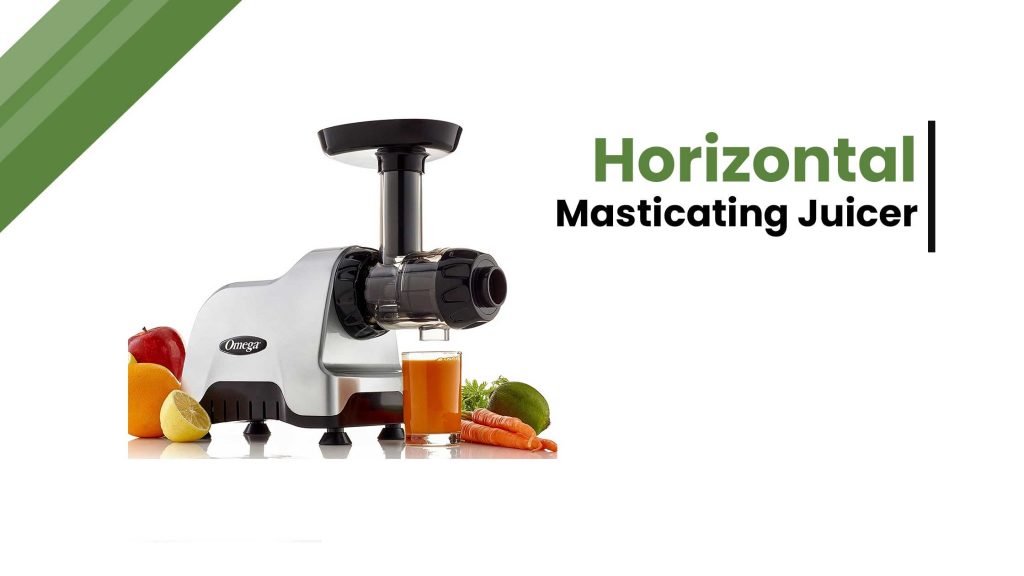
These juicers are shorter with a larger base area, as a consequence takes up more space compared to a vertical juicer. Beside taking more space, horizontal juicers comes with a number of non-juicing functions that might be handy for you.
A horizontal masticating juicer is more versatile and apart from juicing it can also be used make frozen desserts, peanut butter, baby foods, salsa etc.
Pros vs Cons of Horizontal Masticating Juicer
Vertical juicers
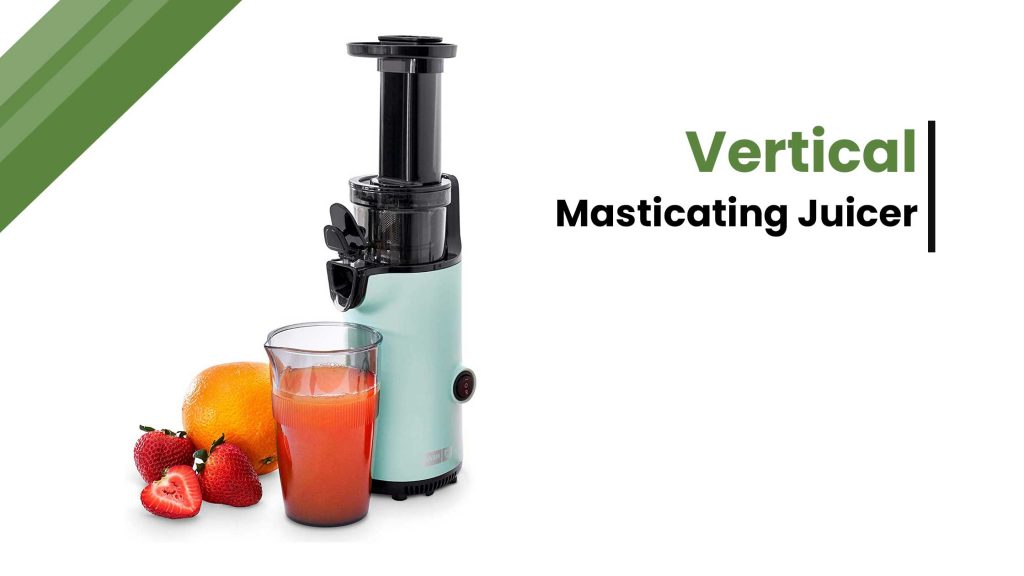
These juicers are taller with smaller base area, which takes up less space than a horizontal juicer. Compared to horizontal juicers vertical juicers works slightly faster.
A vertical juicer is more of a design element. So if you are concerned with the design and juicing only, then you should probably go for vertical masticating juicers.
Pros vs Cons of Vertical Masticating Juicer
Benefits of masticating juicer
- Does slow juicing.
- Has low sound levels.
- Consumes less power.
- Gives you pure and healthy juice with more nutrients.
- Gives you more juice.
- Is very much durable.
- Can juice various fruits, vegetables and nuts.
- Juices last longer and stay fresh.
Drawbacks of Masticating Juicer
- Takes more time in juicing
- A little bit pricey
- Takes more counter space than other juicers
How long does it take to juice with a masticating juicer?
Although the answer will vary depending on the material you are juicing as well as the speed of the masticating juicer you are using. But for a rough idea, you can assume that it will approximately take around 2-3 minutes to juice about 12-16 ounces. However, if you count in the preparation time (time taken to pre-cut the ingredients) and cleaning time, it would take about 10-15 minutes.
How easy is it to clean a masticating juicer?
We all know that no juicers are super easy to clean, on the contrary it is also true that a masticating juicer in not difficult to clean. There are typically around 6 parts in a masticating juicer, and the process of separating them and cleaning each parts is only a matter of minutes or 5.
So if you were holding back from starting a daily juice diet just because it might be difficult to clean a juicer daily, then with a masticating juicer in your kitchen, there is no need to worry anymore!
Triturating Juicers (Twin Gear Juicers)
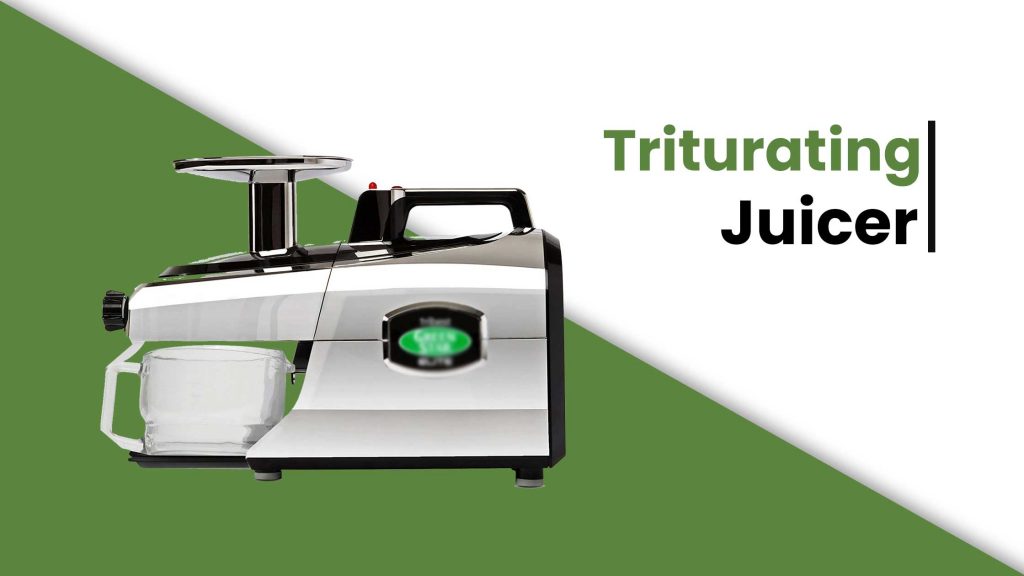
Triturating juicers also known as twin gear juicers, as the name suggest has double gears that are placed closely together. These double gears rotate simultaneously to crush and grind the ingredients into very small particles, extracting the juice out of it. These juicers work best with particularly hearty veggies and leafy greens, but it can also be used to juice soft fruits as well. Similar to masticating juicers it is quitter than centrifugal juicers.
Some Common FAQS –
What is mastication?
Mastication is the process by which food is crushed and ground by teeth (aka chewing).
Is a cold press juicer the same as a masticating juicer?
Cold press juicers, slow juicers and masticating juicers all of these are basically the same type of juicers.
How long can you store juices from a masticating juicer?
Juices from a masticating juicer can be stored up to 48 hours. However, if you want to keep the juice for longer period, then adding lemon to it might help.
How many watts is a masticating juicer?
Since masticating juicers work using slow rotating auger, it requires motor that only have about 150-200 watts.
What can you put in a masticating juicer?
Masticating juicers can easily extract the juice from almost everything from leafy greens, fruits and vegetables as well.
Can I make smoothies in a juicer?
Smoothies are basically prepared in blenders, whereas juicers are used to make juices.
Conclusion
In conclusion, the choice between centrifugal juicers, masticating juicers, and triturating juicers largely depends on individual preferences and needs. Centrifugal juicers are great for those who prioritize speed and convenience, while masticating juicers are perfect for those who prefer a higher yield of juice and want to retain maximum nutrients. Triturating juicers, on the other hand, are ideal for those who want the highest yield of juice possible and are willing to pay a premium for it.
Ultimately, it’s essential to consider your lifestyle, budget, and juicing needs before making a decision. Whatever juicer you choose, make sure to clean it regularly and take proper care of it to ensure it serves you well for years to come.



